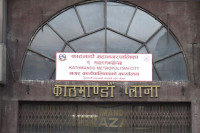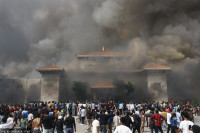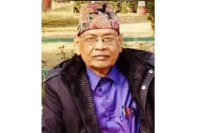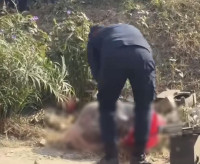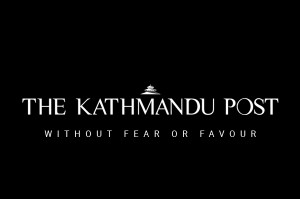Valley
Breaking stereotype, facility contributes to clean Bagmati
The use of the electric crematorium has started showing promising results in cleaning the holy Bagmati River in Pashupatinath area and downstream, claim Clean Bagmati Campaign volunteers and officials.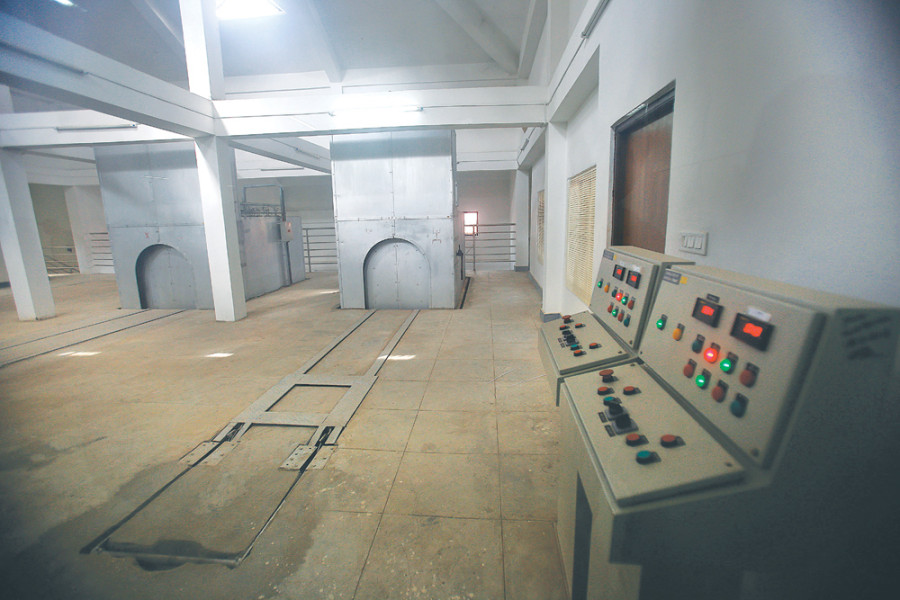
Anup Ojha
The use of the electric crematorium has started showing promising results in cleaning the holy Bagmati River in Pashupatinath area and downstream, claim Clean Bagmati Campaign volunteers and officials.
More than 50 percent of bodies have been cremated in the electric crematorium since it was commissioned on January 25.
The gradual change in social moore—using the electric crematorium—is helping the Clean Bagmati Campaign, noted the campaigners who have been into cleaning the holy river over three years.
Rajesh Prasad Singh, project manager at High Powered Committee for Intergraded Development of Bagmati Civilization (HPCIDBC), said this has helped to run clean water in the Bagmati river in the area. “As the number of open cremations has decreased, waste materials such as dead person’s cloths, flowers, and burnt logs and ash thrown in the river has decreased, and this is helping to make Holy River cleaner,” said Singh.
The PADT commissioned the electric crematorium on January 25, with two incinerators worth Rs 26 million. The incinerators have been operated alternatively for the past three months, according to Ram Kumar Karki, who installed the machines bought from Indomen Engineering Service of Kolkata, India. “In case one develops problems, we can use the next,” said Karki. PADT officials said they were working to add another machine to the crematorium. More than 1,300 bodies have been cremated in the electric machine in the past three months, said Govinda Tandon, the member secretary at Pashupati Area Development Trust (PADT). The number of cremations in the traditional wooden pyre has decreased by 40 percent in the corresponding period.
Besides its echo-friendly features, electric cremation is comparatively less expensive. It costs Rs3,200 to cremate a body in the electric crematorium, while cremating on a pyre costs around Rs10,000. Nearly 300kg wood is needed for the procedure and the burnt remains of wooden pyre has been the main cause of river pollution in Pashupati area.
However, people are still reluctant to shed away their traditional belief. Even former Prime Minister Sushil Koirala’s family chose to cremate his body in the conventional procedure.
Meanwhile, the PADT have hired five workers for cleaning the traditional crematorium areas since the electric crematorium came into operation three months ago. “The workers are deployed from 6am till 8pm every day,” said Tandon. “They take out burnt remains of wooden pyre and other waste from the river.”




 18.12°C Kathmandu
18.12°C Kathmandu.jpg)

